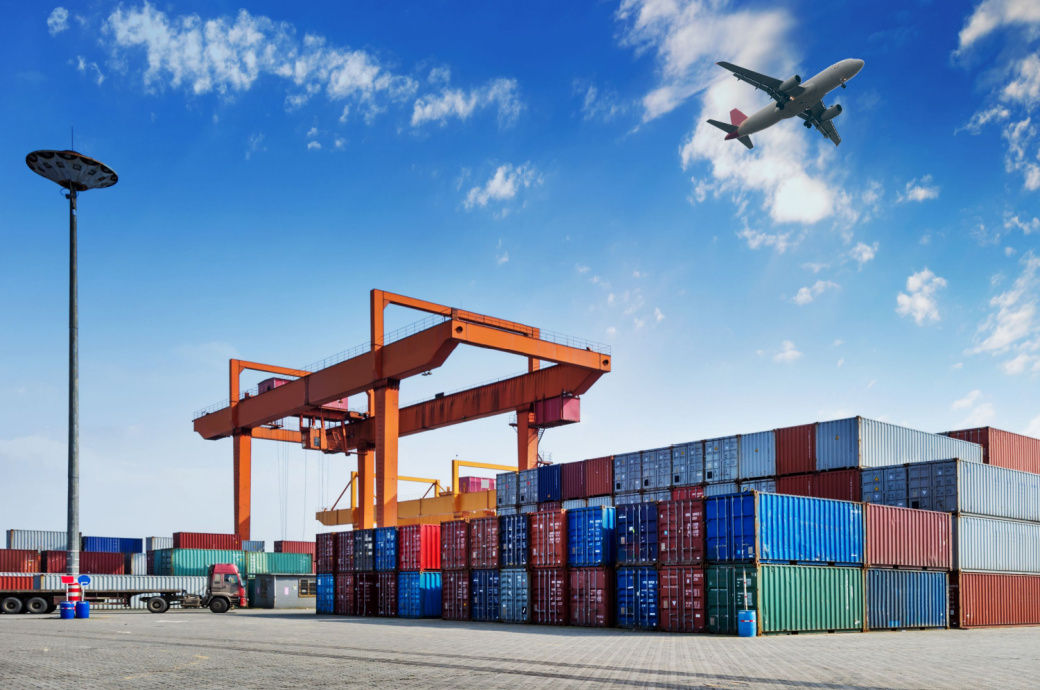
Mohamad Sarwar Hossain, director at the foreign exchange policy department of the central bank, signed the circular.
The measure is being widely perceived as suiting the loan prescription by the International Monetary Fund related to arithmetic of the country's forex reserves.
There are broadly three categories of imports eligible for the financing facility introduced in 1989 for import of raw materials for manufacturing exportable goods.
They are general imports brought under the back-to-back letter of credit (LC); members of the Bangladesh Garment Manufacturers and Exporters Association (BGMEA), the Bangladesh Knitwear Manufacturers and Exporters Association (BKMEA) and leather exporters; and bulk imports by textile millers and dye and yarn makers.
For general back-to-back LC imports, the new ceiling is $10 million—down from $15 million--for input procurement against relevant export orders.
The limit for import financing under back-to-back LCs by individual member mill of the BGMEA and the BKMEA is set at $20 million instead of $25 million and $15 million instead of $20 million respectively.
In the case of bulk import, the maximum eligible limit by a member of eligible associations is revised down to a limit of $5 million.
The cap for members of the Bangladesh Textile Mills Association is $20 million and those of the Bangladesh Dyeing and Yarn and Exporters Association is $10 million, according to media reports from the country.
The EDF outstanding amounts to $5.2 billion now.
The bank said it has been observed that EDF loans are not being realised in accordance with its instructions.
The central bank formed the Tk10,000-crore Export Facilitation Fund in early January this year as an export pre-finance scheme and an alternative fund to the EDF.
Fibre2Fashion News Desk (DS)